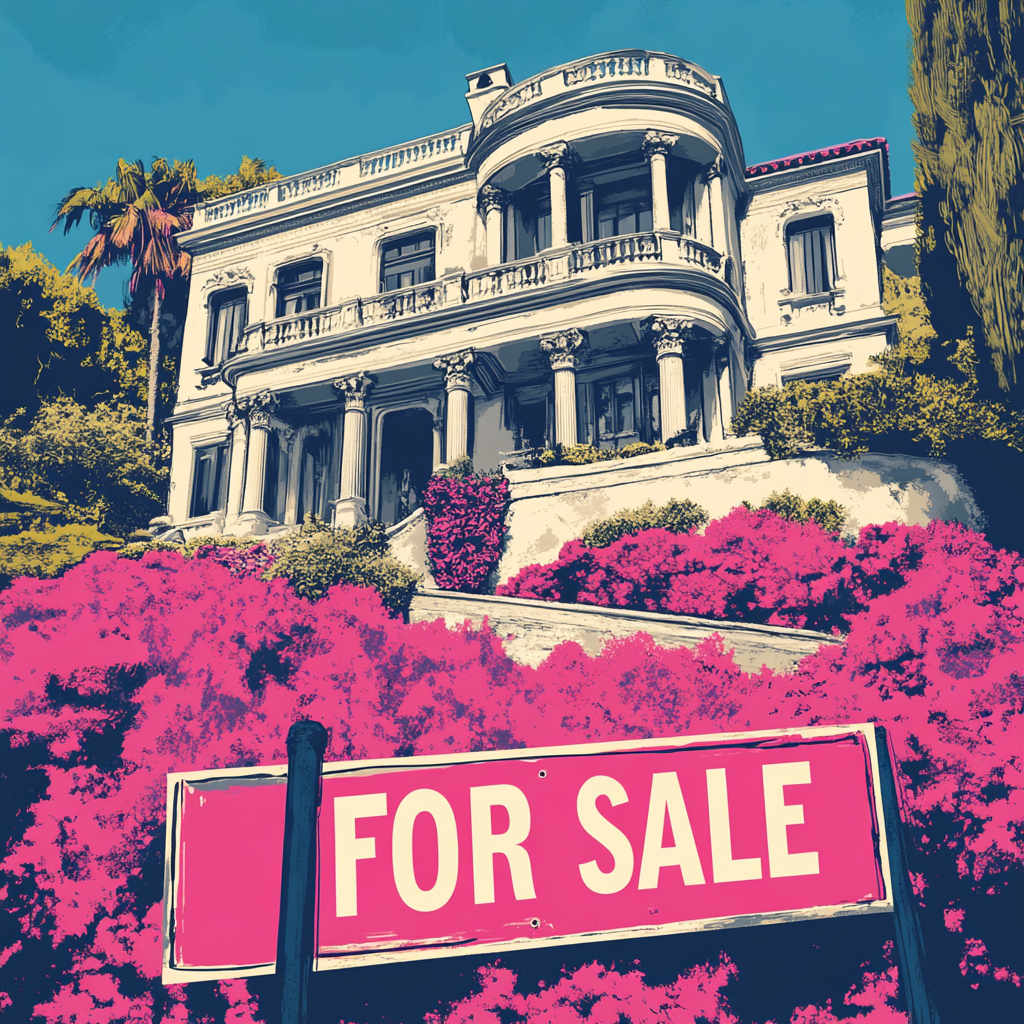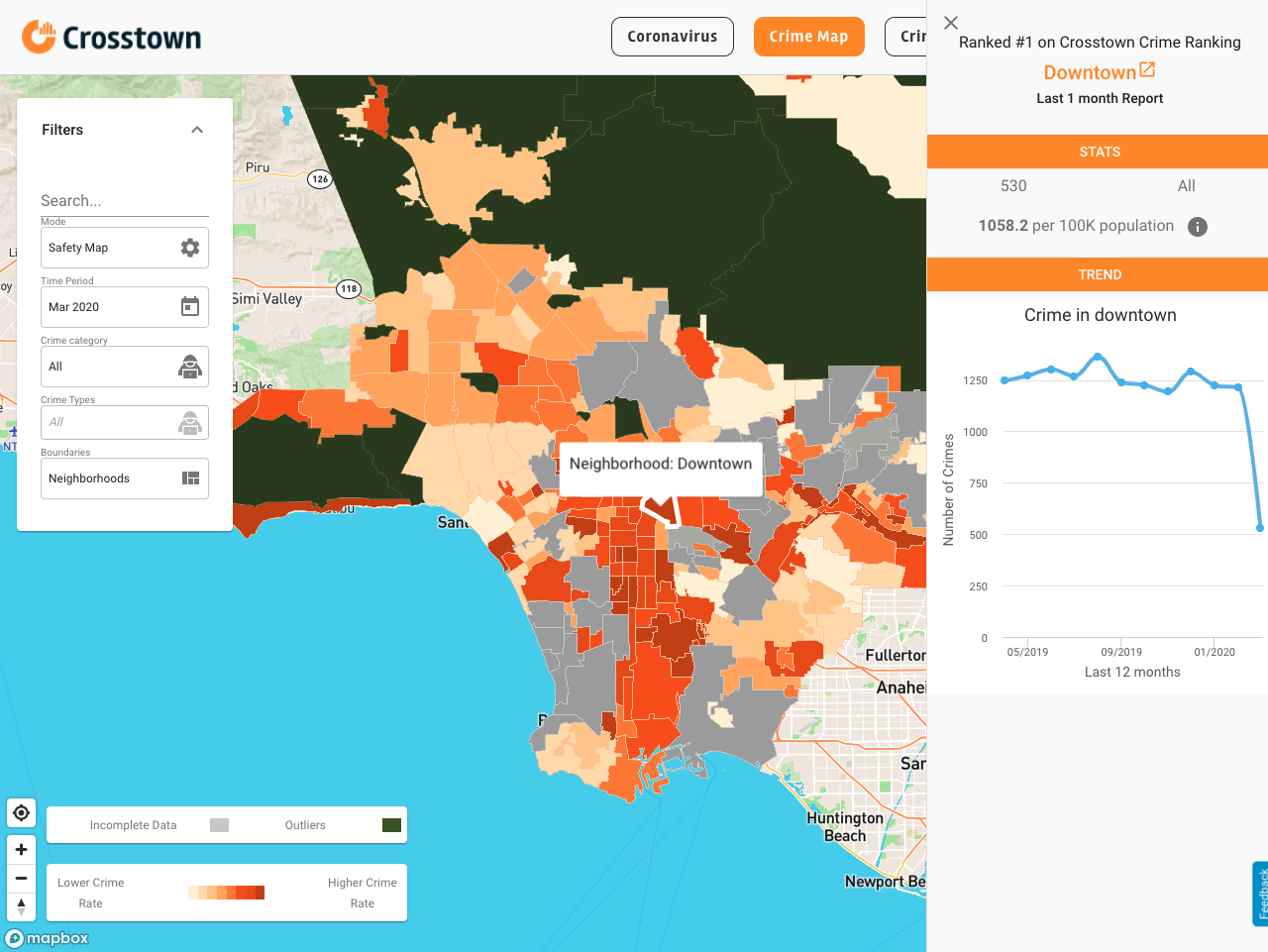Two years in, the Los Angeles ‘Mansion Tax’ is generating much less than anticipated

In November 2022, city of Los Angeles voters approved Measure ULA. A hotly contested tax on real estate transactions north of $5 million, with proceeds going to address anti-homelessness efforts, it was nicknamed the “mansion tax” (though it also applies to sales of commercial and multi-family buildings). According to the official ballot summary, it was projected to generate $600 million to $1.1 billion every year.
The campaign was fierce. Advocates said it would be a crucial tool to build more affordable housing and protect people at risk of becoming homeless. Opponents predicted it would chill sales and development, and ultimately lead to higher costs for renters. It went into effect in April 2023.
[Get crime, housing and other stats about where you live with the Crosstown Neighborhood Newsletter]
The debate over its merits continues, but after two years, numbers are far below projections. Through April 2025 (a total of 25 months), cumulative revenues stand at about $662 million, according to a ULA dashboard.
There are two tiers of taxes: currently 4% on sales above $5.15 million, and 5.5% for transactions over $10.3 million (the price level increases slightly every July 1). Revenue in fiscal year 2024 was $296 million. Proceeds in the current fiscal year (with two months to go) are about $349 million.
The highest monthly revenue was the $54.1 million generated this past January, through 73 transactions. The monthly figure has not eclipsed $33 million since then.

Since its inception, 987 sales have triggered the ULA tax. According to the dashboard, 58% involved single-family homes, and have accounted for $271 million. The next-highest category is commercial properties; the 22% of transactions have generated a cumulative $200 million.
As Crosstown previously reported, the majority of ULA transactions occur in a relatively small geographic portion of the city: 662 of the sales, or 67% of the toal, were registered in either City Council districts 11, 5 or 4. The other 12 districts accounted for 33% of the transactions.
The most activity was in the Westside’s District 11. The 258 transactions there generated $121.7 million in ULA revenue, or 18.4% of the total.
Another 230 sales occurred in District 5, which encompasses high-income neighborhoods including Bel-Air, Cheviot Hills and Fairfax. Those netted even more money, $141.6 million, or 21.4% of the total.
There were 174 applicable transactions in District 4, which runs from Silver Lake to parts of the San Fernando Valley. Those generated $81.7 million.
At the other end of the spectrum is District 8 in South Los Angeles. Since Measure ULA went into effect the territory has recorded just five applicable transactions, generating a total of $2.5 million.
How we did it: We examined transactions and revenue on the Measure ULA dashboard, created by the Los Angeles Housing Department, for the period from April 2023-April 2025. The Housing Department may update past reports with new information, or recategorize past reports. Those revised reports do not always automatically become part of the public database.
Learn more about our data here. Or write to us at askus@xtown.la.






